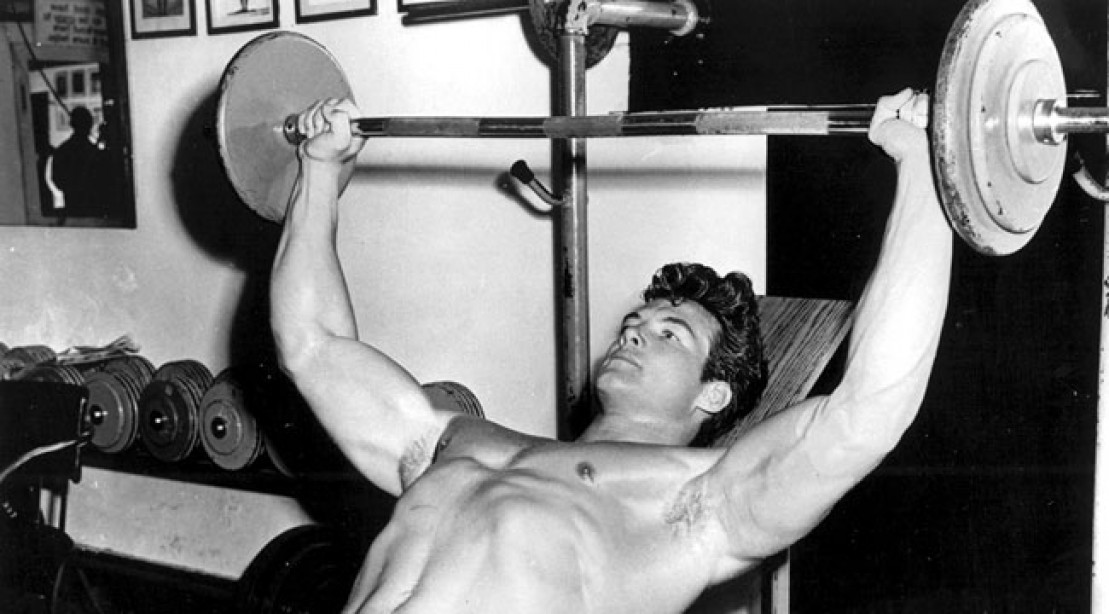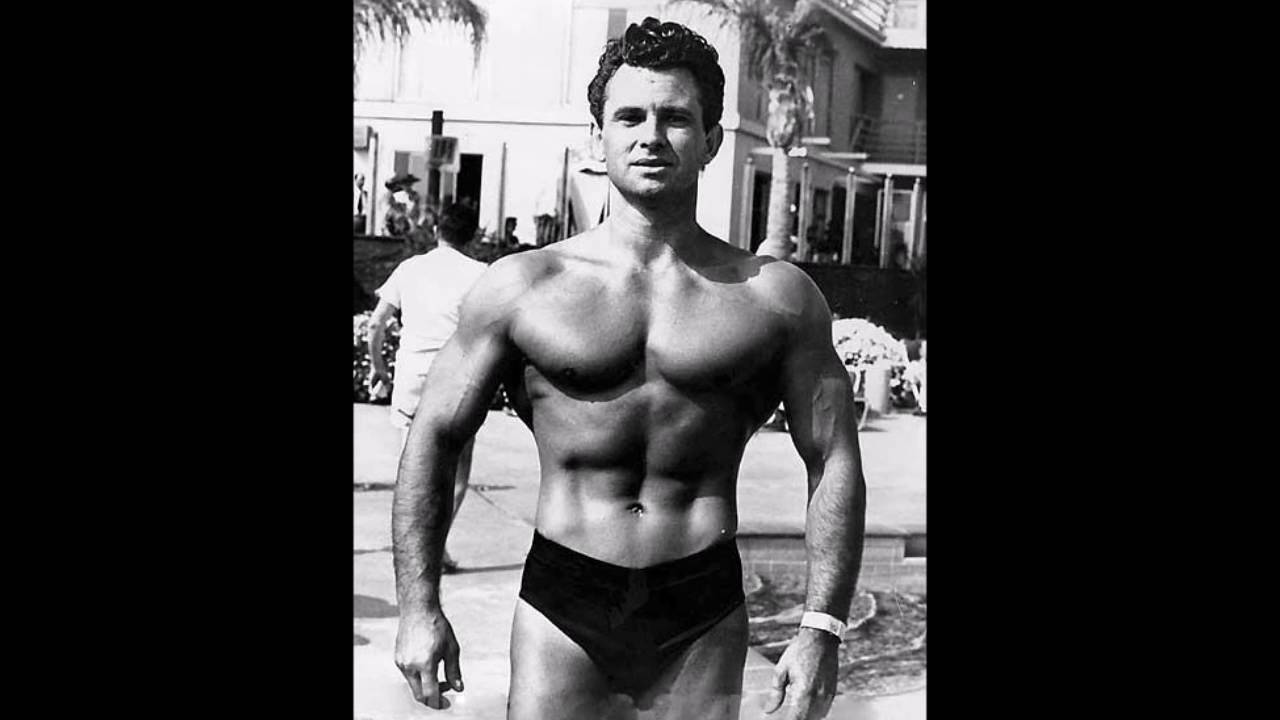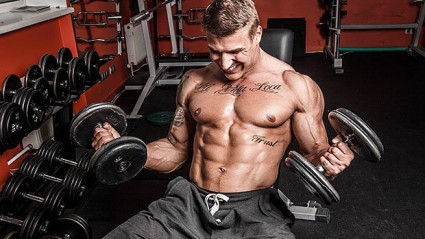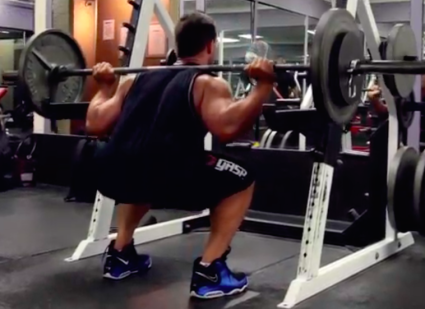
The Muscle of Frustration
Building a muscular chest is impressive, but often requires years of trial and error that most aren’t willing put themselves through.
Of all the natural movements that we perform each day, the chest is the least likely to be used for any activity. This is also why many guys’ have underdeveloped chest muscles; we just don’t use them often.
The calves, biceps, back, and even finger muscles get more regular exercise than your chest.
Which leaves us to question whether building a muscular chest is mainly great genetics or simply hard work?

How to Build A Powerful Chest
Pyramids were one of the strongest geometric shapes to stand the test of time, as the tombs of the great pharaohs stand in Egypt to this very day.
Pyramid training is another powerful tool that we can use for building muscle, as many old school bodybuilding legends profess to this training method being used to build impressive size and strength.
Pyramid training involves progressing from a lighter weight to a heavier one with each proceeding set.
A bench of 150lbs on the 1st set, followed by a heavier weight progression for each proceeding set is an example of pyramid training.
Pyramid training can greatly improve muscular growth since muscular hypertrophy results when there is a consistent progression in your training over time.
For pyramid training to be truly effective, you need to perform your exercises under the most optimal conditions.
Optimal conditions include frequency, volume, intensity, form, and the variety of exercises you do.

Frequency: The frequency that you target a muscle group during the week should be your main focus. The optimal frequency for building muscle is twice a week, meaning you’ll have the best muscle growth working out every 48-72 hours.

Volume: If your chest development is slow or nonexistent, the problem could be your workload volume. A common problem with intermediate lifters is getting stuck performing the same exercises month after month. It’s easy to get stuck using an exercise routine that used to deliver results long ago, but when those results slow down its time for a change. Switching out a few exercises out of your workout routine could spark new growth and keep you motivated longer.

Intensity: Intensity is such a subjective term in fitness, it often gets confused with willpower or just gritting your teeth in frustration. Power is referred to as speed when it comes to weight training. If your chest isn’t responding to your workout routine, try to perform the movements slower with a pause in between. You can add intensity by pausing at the top of the movement and then slowly bringing the weight back to your chest.

Form: Poor form can create significant muscle imbalances that could be difficult to correct later on, not to mention a plethora of injuries if anything goes wrong. To always maintain perfect form, the rule of thumb is to concentrate on keeping tension on the target muscle at all times.
The variety of Exercises: The variety of your exercises is important because of the angles needed to target separate areas of the chest. Increasing the bench press angle 30 to 45 degrees targets the upper chest muscle fibers near the clavicle, giving you a much fuller look. A decline of 30 to 45 degrees on the bench targets the lower chest, increasing muscle growth and separate between the pecs and the upper abdominals.
The Wrap Up
Pyramid training is one of many weightlifting methods that add size to your chest and significantly improve the look of your physique. Other methods include experimenting with frequency, volume, intensity, form, and the angle/alternative exercises that can properly develop the chest. Once you have an understanding of how these techniques can be applied, muscle growth will occur for you in no time.

Leave a Reply
You must be logged in to post a comment.